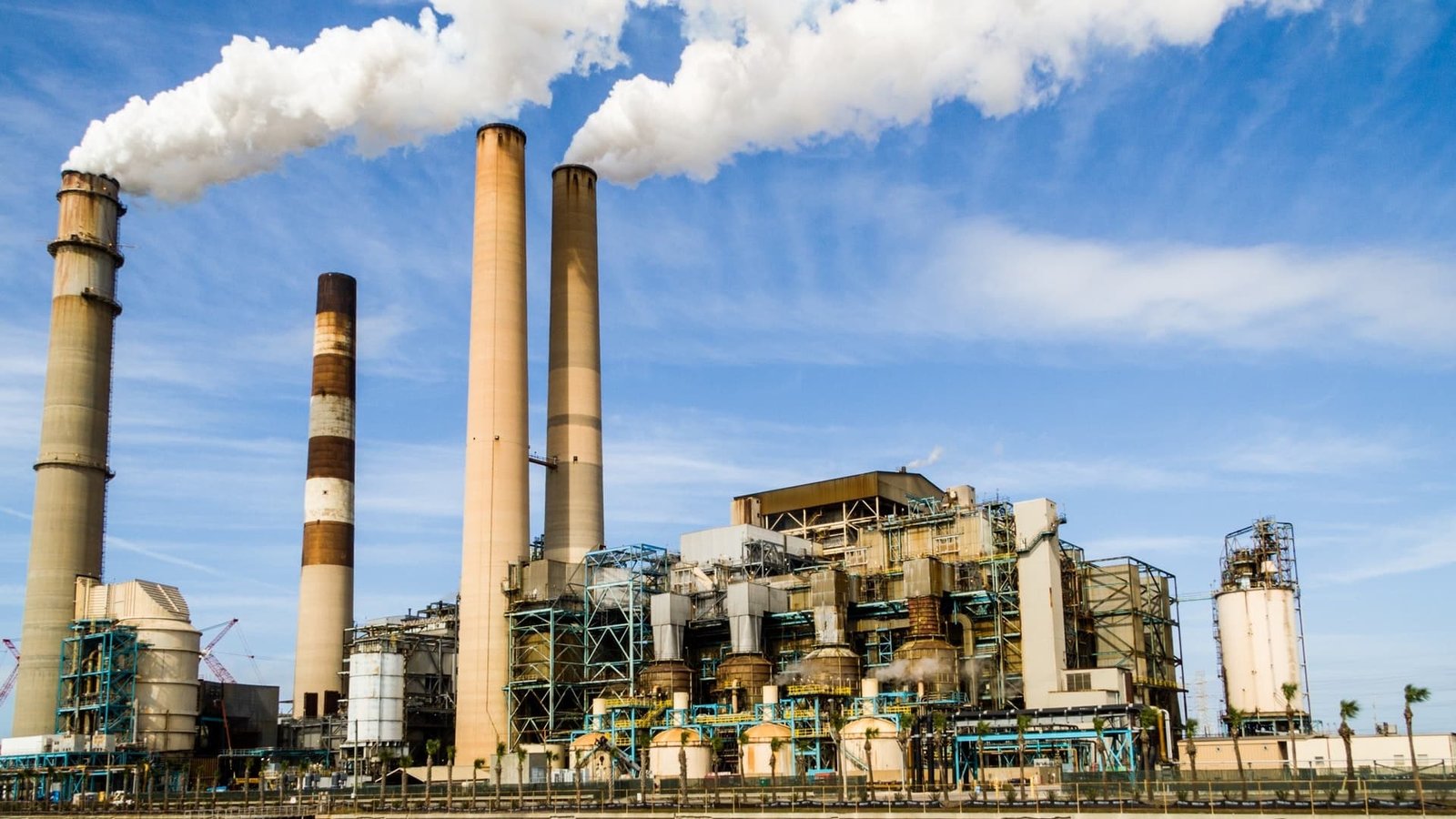Industrial operations generate a significant volume of waste, ranging from manufacturing byproducts to hazardous chemicals. Effective waste management is not only a regulatory imperative but also a key component of environmental stewardship and operational efficiency. This article explores the challenges of industrial waste, examines innovative strategies for reducing and repurposing waste, and highlights how technology and sustainable practices are driving a shift toward a cleaner, more sustainable industrial landscape.
The Imperative for Effective Waste Management
As industries expand and evolve, so do the volumes and complexities of the waste they produce. Proper waste management is essential for:
- Environmental Protection: Preventing pollution and preserving natural resources.
- Regulatory Compliance: Meeting national and international environmental standards.
- Cost Reduction: Minimizing disposal costs and reclaiming value from waste through recycling and reuse.
- Corporate Responsibility: Enhancing a company’s reputation by demonstrating a commitment to sustainability.
Key Challenges in Industrial Waste
Industries face several challenges when managing waste:
- Diverse Waste Streams: Different types of waste, including hazardous, non-hazardous, and recyclable materials, require tailored handling and disposal methods.
- High Disposal Costs: Safe disposal of hazardous materials can be expensive, putting pressure on operational budgets.
- Resource Limitations: Many traditional waste management practices are resource-intensive, leading to inefficiencies.
- Environmental Impact: Improper waste handling can lead to soil, water, and air contamination, adversely affecting ecosystems and public health.
Strategies for Sustainable Industrial Waste Management
1. Waste Reduction and Minimization
- Process Optimization: Streamline manufacturing processes to reduce waste generation at the source.
- Lean Manufacturing: Implement lean principles to eliminate unnecessary materials and improve efficiency.
- Material Substitution: Replace hazardous materials with eco-friendly alternatives where possible.
2. Recycling and Reuse
- On-Site Recycling: Establish in-house recycling programs to recover and reuse materials such as metals, plastics, and paper.
- Third-Party Partnerships: Collaborate with specialized recycling companies to manage waste that cannot be processed internally.
- Product Redesign: Incorporate recycled content into products and design items for easier disassembly and recycling.
3. Waste-to-Energy Solutions
- Energy Recovery: Convert waste into energy through processes such as incineration with energy recovery or anaerobic digestion.
- Resource Recovery Facilities: Invest in technology that transforms waste into usable energy, reducing landfill dependency and offsetting energy costs.
4. Embracing the Circular Economy
- Closed-Loop Systems: Develop systems where waste is continuously reused within the production cycle, minimizing the need for virgin materials.
- Eco-Design: Integrate sustainability into product design to facilitate recycling, reduce waste, and extend product life cycles.
- Collaboration: Engage with industry partners to create networks that support the sharing and repurposing of materials.
5. Leveraging Technology
- Digital Waste Tracking: Utilize IoT sensors and digital platforms to monitor waste streams, track material flow, and identify opportunities for reduction.
- Data Analytics: Apply advanced analytics to optimize waste management processes, predict waste generation, and enhance recycling strategies.
- Automation: Implement automated sorting and recycling technologies to improve efficiency and accuracy in waste processing.
6. Regulatory Compliance and Continuous Improvement
- Adherence to Standards: Ensure that waste management practices comply with regulations set by environmental agencies such as the EPA and local governing bodies.
- Regular Audits: Conduct periodic audits and risk assessments to identify areas for improvement.
- Employee Training: Educate employees on best practices in waste reduction and the importance of environmental responsibility.
The Role of Corporate Responsibility
A sustainable approach to industrial waste management is not only beneficial for the environment but also bolsters corporate reputation. Companies that actively reduce waste, embrace recycling, and invest in sustainable technologies can expect:
- Enhanced Brand Image: A commitment to environmental sustainability resonates with customers, investors, and the community.
- Cost Savings: Efficient waste management can lead to significant long-term savings in disposal and material costs.
- Innovation and Growth: A focus on sustainability can drive innovation, leading to new products and processes that open up additional market opportunities.
Conclusion
Industrial waste management is evolving from a regulatory challenge into an opportunity for innovation and sustainability. By adopting strategies that focus on waste reduction, recycling, energy recovery, and the circular economy, companies can significantly reduce their environmental footprint while enhancing operational efficiency. Leveraging technology and fostering a culture of continuous improvement are essential to achieving these goals.
Embracing sustainable waste management practices not only helps protect the environment but also positions companies to thrive in a future where economic success and environmental responsibility go hand in hand.
Discover more from HSEProHub
Subscribe to get the latest posts sent to your email.



